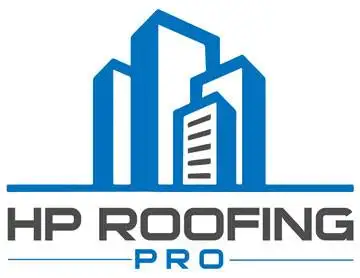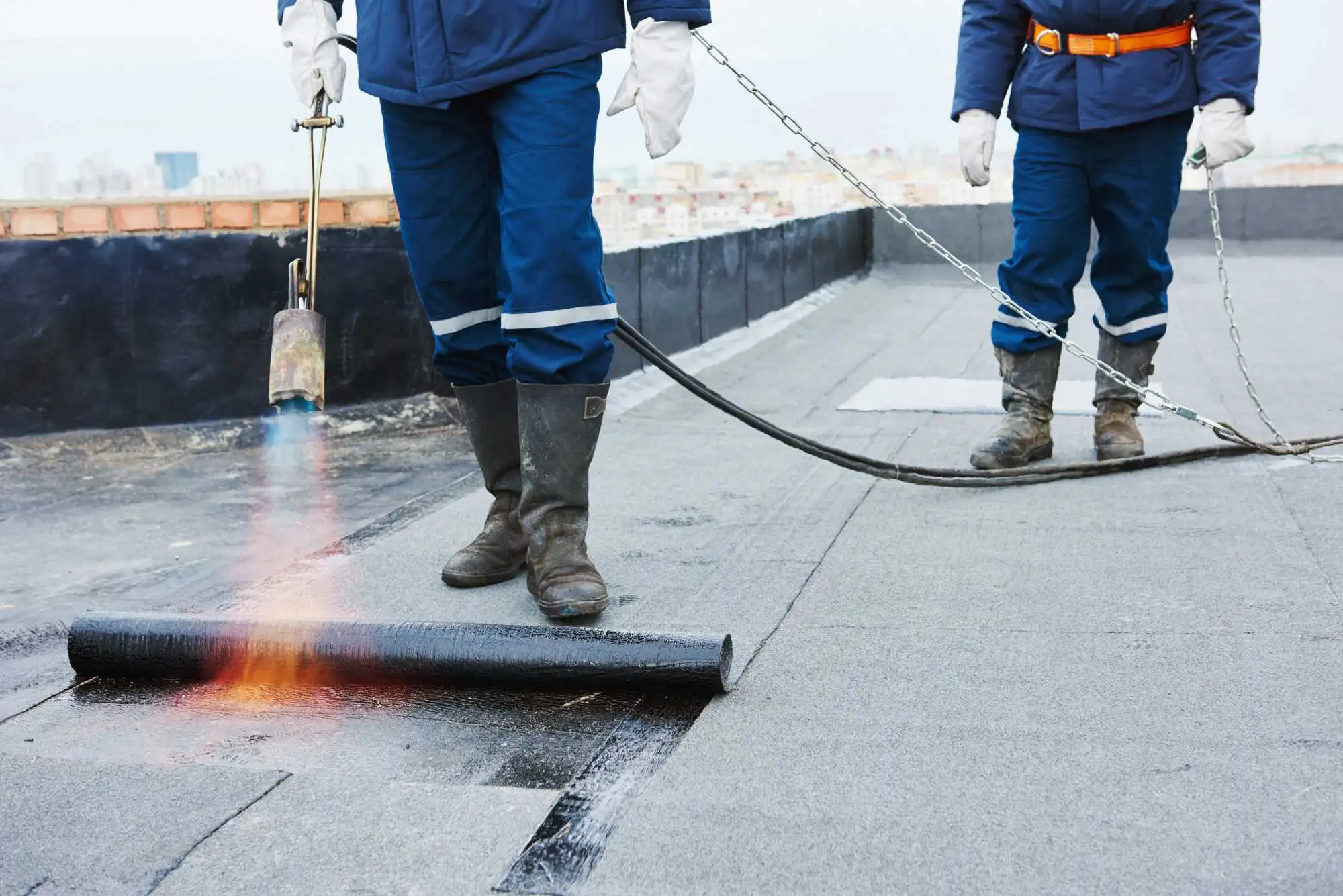Mon - Fri 7:00 am - 4:30 pm
601 South Palm Ave, Alhambra, CA 91803
Posted by hproofingpro No Comments on 10 Highly Resilient Flat Roof Materials Roofing
10 Highly Resilient Flat Roof Materials
You’ve picked your walls and your fittings, now all that’s left is to choose what material the roof will get made from. Just like the rest of your property, you’ve got plenty of options to choose from, but how do you know what’s going to help your building stand the test of time?
When it comes to flat roof materials, you’re not just deciding what’s going to cover your head. You’ve also got to consider other installations such as HVAC, satellites, and solar panels.
If you want some that will provide the best protection rain, hail, or shine, then make sure you pick something off this list. It will ensure that your flat roof protects you from the elements, but it will keep your building in one piece too.
Consideration for Flat Roof Materials
If you’ve chosen to have a flat roof house or any building with a horizontal covering, there are additional considerations compared to the alternative. For all materials, you should consider that they are:
- Waterproof
- Flexible for application
- Durable
- Cost-effective
- Lightweight
- Provide acoustic isolation
- Offer chemical protection
- Are fire resistant
- Produce heat insulation
- Resistant to solar radiation
Depending on where your building is can restrict your options when it comes to materials. However, you should still consider all of the above when deciding what your roof is made of.
1. PVC Roofing
Thanks to its long lifespan and low maintenance requirements, PVC roofing is often the preferred option for most roof projects. Its reflective nature can reduce energy bills, it’s resistant to most impact damage, and it doesn’t crack like other single-ply materials.
2. Metal Roofing
It doesn’t come much more durable than metal. It might cost a few more dollars, but you’re gaining a roof that can last anywhere between 20 and 30 years. The only negative is that it can leak around the edges if it’s not installed properly.
3. TPO
If you’re after this material, you can tell your builder TPO instead of Thermoplastic Polyolefin. It’s a popular material that offers similar energy-saving benefits to PVC roofs. They also don’t require much maintenance due to the welded seams stopping any leaks.
4. Modified Bitumen Roof
For those that are tight on money that still wants a sturdy flat roof, the modified bitumen is your best option. However, it only has a lifespan of 10 to 15 years and is known to crack and blister. If you’re cutting costs, keep some money aside for flat roof repair if you choose to go down this path.
5. EPDM Rubber Roofing
A better choice for thrifty buyers is an EPDM rubber roof. It’s very easy to install as it’s a lightweight material. But that doesn’t mean it’s not tough, as it holds up in the winter and against heavy rain and hail.
6. Built-Up Roof
This is one of the more traditional types of roofs and has been used in construction since the 70s. It contains a minimum of four layers and is topped off with either asphalt or tar. They’re a tried and tested roof that can remain for over 40 years, but it takes a long time to complete one.
While they require little maintenance, you will spend a lot of money on the materials and labor. Plus, you may need to reinforce the rest of your building so that it can carry the weight of the new roof.
7. Spray Polyurethane Foam
SPF or Spray Polyurethane Foam roof systems are growing in popularity. This because not only is it cost-effective, but if it’s looked after, then it can survive for over 50 years. It offers great insulation and is so strong that there is evidence that it can even increase the structural integrity of a building.
8. Neoprene
Another rubber roofing alternative is Neoprene. Also referred to as Chloroprene, it’s resistant to acid, oil, corrosion, and degradation.
It’s more commonly used in marine equipment and rubber gloves. This is due to its superior waterproof qualities. However, it also features fire-resistant and thermal insulation benefits, which is why it’s becoming more popular with roofing contractors.
9. Liquid Applied Roofing
Liquid roofing might not sound like it’s that strong, but it’s made from bitumen and has glass fibers reinforcing it. When it’s applied, it creates one smooth surface that’s watertight and doesn’t require any seem adhesion. It also dries quickly and is instantly resistant to heat and UV rays.
10. Spray-On Roofing
You might need to search for a contractor who offers this material, and it might cost you a bit extra compared to other roofs. However, the coating is another seamless alternative and is very effective against UV rays and fire.
It can easily reflect the sun and comes in either silicone, aluminum, or acrylic. While it’s easy to apply and doesn’t take a lot of time to construct, it’s not as popular as some of the other resources that are on this list.
Get on Top of Your Roofing Construction
The material you pick for your roof should be yours alone to make. You’re the one living or working underneath it, and you want to know you’ve chosen the right flat roof materials to protect your loved ones or your work colleagues. You also want to be certain that it won’t blow over at the first sign of a breeze.
Speak to our people today, and we’ll help with all of your roofing decisions. Our certified experts don’t just construct roofs, they repair them. So, you can feel assured that the roof over your head is safe at all times.
Recent Posts
Categories
Recent Posts
Do you have any questions?
Contact us at The HP Roofing PRO office or submit a business inquiry online
Contact Us






